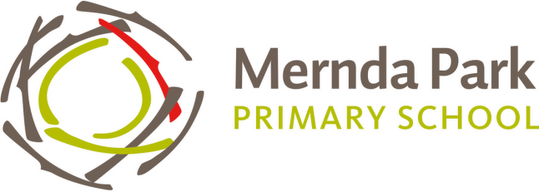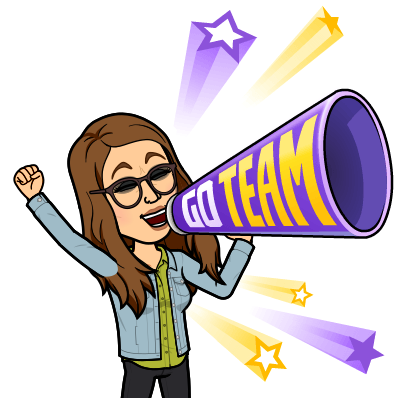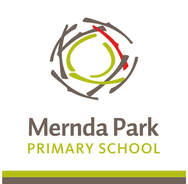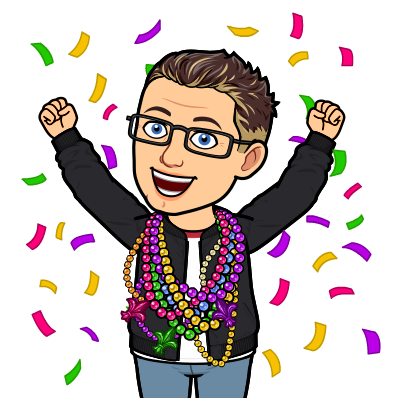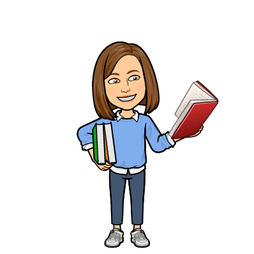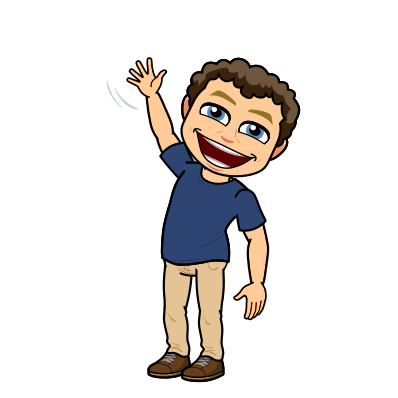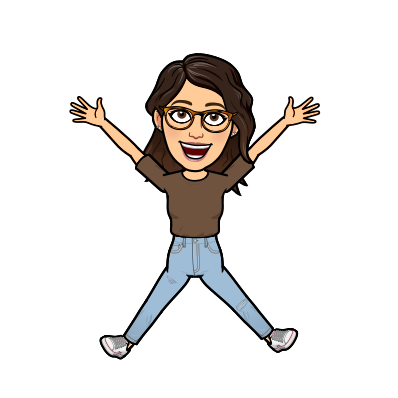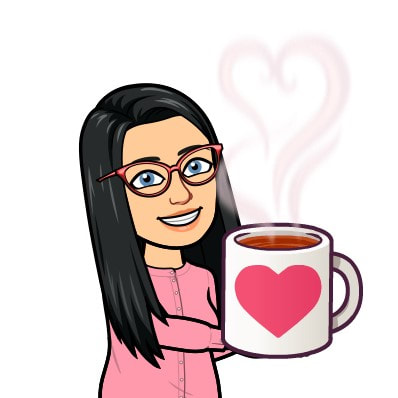Welcome to Simon Learning Community
Curriculum
The Victorian Curriculum F–10 sets out what every student at MPPS and all Victorian schools should learn during their first eleven years of schooling. The curriculum is the basis of all our MPPS planning documents and guides our teaching at MPPS, as well as forming a common set of knowledge and skills required by students for life-long learning, social development and active and informed citizenship. Further to this the Victorian Curriculum F–10 incorporates the Australian Curriculum and reflects Victorian priorities and standards.
Further information is available http://victoriancurriculum.vcaa.vic.edu.au/
Resilience, Rights and Respectful Relationships (RRRR) is a comprehensive approach to the primary prevention of violence against women and children. As a school we are dedicated to promoting and modelling respect, positive attitudes and behaviours with the aim of teaching our children how to build healthy relationships, resilience and confidence. The whole school approach to RRRR goes beyond curriculum, recognising that to drive real change, classroom learning needs to be reinforced by what is modelled within the school community.
Further information is available http://www.education.vic.gov.au/about/programs/Pages/respectfulrelationships.aspx
Further information is available http://victoriancurriculum.vcaa.vic.edu.au/
Resilience, Rights and Respectful Relationships (RRRR) is a comprehensive approach to the primary prevention of violence against women and children. As a school we are dedicated to promoting and modelling respect, positive attitudes and behaviours with the aim of teaching our children how to build healthy relationships, resilience and confidence. The whole school approach to RRRR goes beyond curriculum, recognising that to drive real change, classroom learning needs to be reinforced by what is modelled within the school community.
Further information is available http://www.education.vic.gov.au/about/programs/Pages/respectfulrelationships.aspx
Home Reading Books
Students are encouraged to bring their take home reader to school everyday and read a variety of texts.
You may be able to assist by reading to and with your child and discuss the text that they've read.
Remember:
- Never cover the pictures up. Using the pictures as clues is an important strategy for children to learn.
- Some words can’t be read by sounding them out, so do not focus too much on this with your child.
- Talk with your child about the difference between words, pictures and letters.
- Don’t focus on the mistakes... celebrate the successes!
You may be able to assist by reading to and with your child and discuss the text that they've read.
Remember:
- Never cover the pictures up. Using the pictures as clues is an important strategy for children to learn.
- Some words can’t be read by sounding them out, so do not focus too much on this with your child.
- Talk with your child about the difference between words, pictures and letters.
- Don’t focus on the mistakes... celebrate the successes!
Labelling Your Child's Belongings
Please label all lunchboxes, containers, drink bottles and school uniform items so they are easily identifiable.
Brain Food
Students eat brain food twice a day. Brain food consists of fruit or vegetables and no processed foods. We encourage students to bring brain food because the brain requires two times the amount of energy to function efficiently during the day.
Birthdays
We love to celebrate your child's birthday in SLC! If you wish to send your child to school with something to share, that these are individually packed chocolates, for example Freddo Frogs.
Simon Learning Community Curriculum
2024
English |
Maths |
|
Reading
Level 1 This year, we aim that students will: - understand the different purposes of texts; - make connections to personal experience when explaining characters and main events in a story - identify that texts serve different purposes and that this affects how they are organised; - read aloud short texts with some unfamiliar vocabulary, simple and compound sentences and supportive images; - use knowledge of the relationships between sounds and letters, high-frequency words and directionality when reading; - recall key ideas and recognise literal and implied meaning in texts. Level 2: This year, we aim that students will: - understand how similar texts share characteristics by identifying text structures and language features used to describe characters, settings and events or communicate factual information; - recognise all Standard Australian English phonemes, and most letter–sound matches; - read texts that contain varied sentence structures, some unfamiliar vocabulary, a significant number of high-frequency sight words and images that provide additional information; - monitor meaning and self-correct using context, prior knowledge, punctuation, language and phonic knowledge; - identify literal and implied meaning, main ideas and supporting detail; - make connections between texts by comparing content. Writing Level 1: This year, we aim that students will: - provide details about characters, ideas or events; - use writing strategies to enhance their writing; - accurately spell frequently used words; - use their knowledge of sounds to write unfamiliar words; - use capital letters and full stops appropriately. Level 2: This year, we aim that students will: - create texts that show how images can support meaning; - accurately spell words with regular spelling patterns and can write words with less common long vowels and silent letters; - use some punctuation accurately; - write words and sentences legibly using unjoined upper- and lower-case letters. Speaking and Listening Level 1: This year we aim that students will: - listen to others when taking part in conversations using appropriate interaction skills; - listen for and reproduce letter patterns and sounds in speech; - understand how characters in texts are developed and give reasons for personal preferences; - describe characters, settings and events in different types of literature; - tell stories during play; - interact in pair, group and class discussions and take turns to respond to others; - make short presentations on familiar topics. Level 2: This year, we aim that students will: - students listen for particular purposes; - listen for and manipulate sound combinations and rhythmic sound patterns - when discussing ideas and experiences, students use everyday language features and topic-specific vocabulary; - they explain their preferences for aspects of texts using other texts as comparisons; - create texts that show how images support the meaning of the text; - create texts, drawing on their own experiences, their imagination and information they have learned; - use a variety of strategies to engage in group and class discussions and make presentations. |
Number & Algebra
Level 1: This year, we aim that students will: - count to and from 100 and locate these numbers on a number line; - pull apart numbers using place value; - carry out simple additions and subtractions, using counting strategies - recognise Australian coins according to their value - identify representations of one half; - describe number sequences resulting from skip counting by 2s, 5s and 10s; continue simple patterns involving numbers and objects. Level 2: This year, we aim that students will: - count to and from, and order numbers up to 1000; - perform simple addition and subtraction calculations, using a range of strategies; - find the total value of simple collections of Australian notes and coins; - represent multiplication and division by grouping into sets and divide collections and shapes into halves, quarters and eighths; - recognise increasing and decreasing number sequences involving 2s, 3s, 5s and 10s; - identify the missing element in a number sequence, and use digital technology to produce sequences by constant addition. Measurement and Geometry Level 1: This year, we aim that students will: - use informal units of measurement to order objects based on length, mass and capacity; - tell time to the half-hour and explain time durations; - Students describe two-dimensional shapes and three-dimensional objects; - use the language of distance and direction to move from place to place. Level 2: This year, we aim that students will: - order shapes and objects, using informal units for a range of measures; - tell time to the quarter hour and use a calendar to identify the date, days, weeks and months included in seasons and other events; - draw two-dimensional shapes, specify their features and explain the effects of one-step transformations; - recognise the features of three-dimensional objects; - interpret simple maps of familiar locations. Statistics and Probability Level 1: This year, we aim that students will: - describe different graphs, such as pictograph; - ask questions to collect data and draw simple graphs; - classify outcomes of simple familiar events, as 'will happen', 'won't happen' or 'might happen'. Level 2: This year, we aim that students will: - collect data from relevant questions to create lists, tables and picture graphs; - interpret data in context; - use everyday language to describe outcomes of familiar events. |
Soundwaves
Soundwaves is a word study program designed to develop reading, spelling and writing skills through phonemic awareness. This is essentially a knowledge and understanding of sounds and sound patterns of our language. Our students will be working through their student activity books each week to study a different sound and the different letter patterns used to represent that sound. They will soon have an online login code that provides access to games and activities that helps students consolidate the spelling words that are being studied in the classroom.
Integrated Studies
Term 1
Growing older and wiser
We aim that students will:
- Learn about staying safe and taking responsible risks.
- Learn about healthy food.
- Learn about expressing emotions and dealing with conflict.
Essential Questions
- How can I make sure I’m always safe?
- What foods are healthy to eat?
- How have I changed and how will I change?
- How can I express my emotions clearly and deal with conflict?
Term 2
Stimulating science
We aim that students will:
- Learn how to make predictions and scientific observations.
- Learn how living things change and what they need to live.
- Learn how everyday materials can be changed and combined to make objects.
- Learn how seasonal changes can affect everyday life
Essential Questions
- How can we use experiments to learn about the world around us?
- How do living things change and what do they need to live?
- How do the seasons affect our lives?
- How can we use earth’s resources sustainably?
- How are sounds made and how do we hear them?
Term 3
Light and Sound
We aim that students will:
- Learn the sources of light and the causes of shadows.
- Learn how we use sound to represent objects and characters in a story.
- Learn how we use design and technology to tell stories.
Essential Questions
- How can we make puppets and instruments?
- How we can use instruments, computers and out bodies to make sounds?
- How can we use sounds and shadows to tell a story?
Term 4
Through Generations
We aim that students will:
- investigate the different types of family structures.
- Investigate places of cultural or spiritual importance.
- Investigate the lives of people in the past.
- Investigate using language to describe time and points of view.
Essential Questions
- How are families different?
- Why are some places important to preserve?
- How has life changed and stayed the same?
- How can we use language to describe time and points of view?
Fine Motor
Activities to strengthen and use the small muscles in hands and fingers.
Term 1
Fine Motor skills activities:
- cut and pasting
- bundling
- grid ruling
- letter formation
Growing older and wiser
We aim that students will:
- Learn about staying safe and taking responsible risks.
- Learn about healthy food.
- Learn about expressing emotions and dealing with conflict.
Essential Questions
- How can I make sure I’m always safe?
- What foods are healthy to eat?
- How have I changed and how will I change?
- How can I express my emotions clearly and deal with conflict?
Term 2
Stimulating science
We aim that students will:
- Learn how to make predictions and scientific observations.
- Learn how living things change and what they need to live.
- Learn how everyday materials can be changed and combined to make objects.
- Learn how seasonal changes can affect everyday life
Essential Questions
- How can we use experiments to learn about the world around us?
- How do living things change and what do they need to live?
- How do the seasons affect our lives?
- How can we use earth’s resources sustainably?
- How are sounds made and how do we hear them?
Term 3
Light and Sound
We aim that students will:
- Learn the sources of light and the causes of shadows.
- Learn how we use sound to represent objects and characters in a story.
- Learn how we use design and technology to tell stories.
Essential Questions
- How can we make puppets and instruments?
- How we can use instruments, computers and out bodies to make sounds?
- How can we use sounds and shadows to tell a story?
Term 4
Through Generations
We aim that students will:
- investigate the different types of family structures.
- Investigate places of cultural or spiritual importance.
- Investigate the lives of people in the past.
- Investigate using language to describe time and points of view.
Essential Questions
- How are families different?
- Why are some places important to preserve?
- How has life changed and stayed the same?
- How can we use language to describe time and points of view?
Fine Motor
Activities to strengthen and use the small muscles in hands and fingers.
Term 1
Fine Motor skills activities:
- cut and pasting
- bundling
- grid ruling
- letter formation
Class Dojo
To help us create a positive culture in our Learning Community, we use Class Dojo to acknowledge positive behaviours that display our CARE values. Teachers can encourage students to display skills or values using Class-Dojo as an incentive — whether it's working hard, being kind, helping others. This is done by awarding points that are displayed electronically in the Learning Community or Specialist class. Using Class Dojo can help student’s emotional literacy grow as they have the opportunity to receive immediate, regular and positive feedback in a fun visual way.
Reading Eggs
Reading Eggs makes learning to read motivating and engaging for students, with interactive games, songs and activities. To further support your child’s reading, students will be provided with their own username and password to explore the online program at home. For more information, visit https://readingeggs.com.au/
Essential Assessment
Essential Assessment is designed to provide students with an engaging and interactive learning experience. Games and activities support the Victorian Mathematics Curriculum. To further support your child’s mathematics skills, students will be provided with their own username and password to use the online program at home. For more information, visit https://www.essentialassessment.com.au/
Term 3 - Weekly Timetable
Term 3 Roll Group Space
SLC 1 Tangerine Reading Corner
SLC 2 Fuchsia Backspace
SLC 3 Violet Glasshouse
SLC 4 Emerald Main Learning Area
SLC 5 Aqua Entry Area
SLC 6 Indigo STEAM Room
Everyday students will participate in Literacy and Numeracy activities. Our Specialist programs are as follows;
SLC 1 Tangerine Reading Corner
SLC 2 Fuchsia Backspace
SLC 3 Violet Glasshouse
SLC 4 Emerald Main Learning Area
SLC 5 Aqua Entry Area
SLC 6 Indigo STEAM Room
Everyday students will participate in Literacy and Numeracy activities. Our Specialist programs are as follows;
Monday |
Tuesday |
Wednesday |
Thursday |
Friday |
Performing Arts Aqua Physical Education Violet Japanese Emerald |
Performing Arts Tangerine Visual Arts Violet Emerald Physical Education Indigo Japanese Aqua Fuchsia |
Performing Arts Indigo Visual Arts Fuchsia Japanese Tangerine |
Performing Arts Emerald Violet Visual Arts Indigo Aqua Physical Education Fuchsia Tangerine |
Performing Arts Fuchsia Physical Education Emerald Aqua Visual Arts Tangerine Japanese Indigo Violet |
